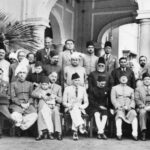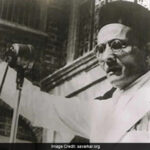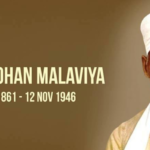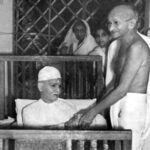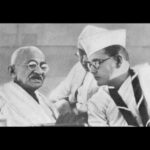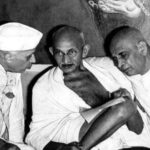The Quit India Movement, also known as the August Movement or Bharat Chhodo Andolan, stands as one of the most significant chapters in India’s struggle for independence from British colonial rule. Launched on August 8, 1942, by the Indian National Congress under the leadership of Mahatma Gandhi, the movement aimed to propel India towards complete self-rule by demanding an immediate end to British dominance. This historic movement marked a turning point in India’s journey towards independence, showcasing the power of nonviolent resistance and the unyielding spirit of the Indian people.
Historical Background
Before delving into the Quit India Movement itself, it’s important to understand the backdrop against which this historic struggle took place. India had endured nearly two centuries of British colonial rule, marked by economic exploitation, cultural suppression, and political subjugation. The Indian National Congress, established in 1885, had been actively advocating for greater self-governance and representation within the colonial framework. However, as World War II raged on, tensions escalated, and the demand for complete independence gained momentum.
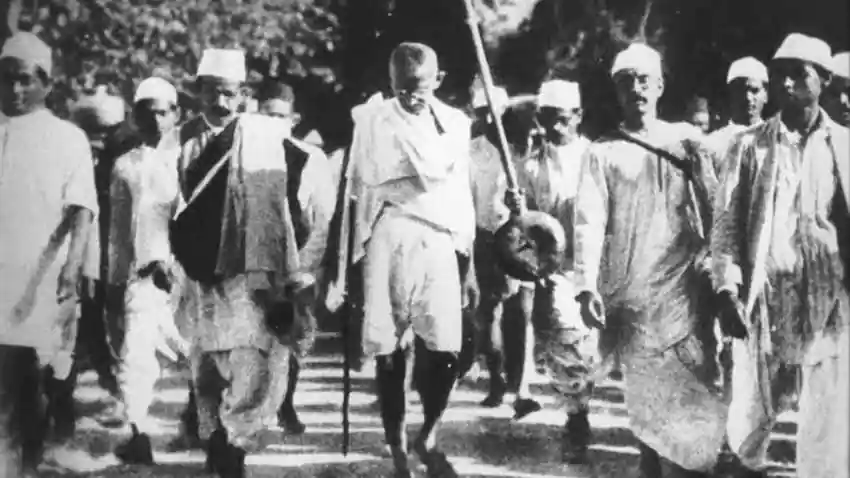
The Spark that Ignited the Movement
The Quit India Movement was sparked by a culmination of factors, including the failure of negotiations between the Congress and the British government, growing public discontent, and the Indian leadership’s desire for a definitive action. The final trigger came in the form of the British decision to drag India into World War II without consulting its leaders. The call for “Quit India” became a rallying cry, symbolizing the people’s determination to rid themselves of foreign rule once and for all.
Gandhi’s Leadership and Nonviolent Resistance
At the heart of the Quit India Movement was Mahatma Gandhi, the revered leader of India’s struggle for independence. Gandhi’s philosophy of nonviolent resistance, or Satyagraha, played a central role in shaping the movement’s tactics. He believed in harnessing the power of passive resistance to achieve political and social change, emphasizing the importance of truth, civil disobedience, and self-sacrifice.
Gandhi’s famous call to action, “Do or Die,” resonated deeply with the masses, inspiring them to unite and face the British oppressors head-on. Civil disobedience, hartals (strikes), protests, and noncooperation became the pillars of the movement. Thousands of Indians, including students, professionals, and ordinary citizens, came together to demand the immediate withdrawal of British forces from India.
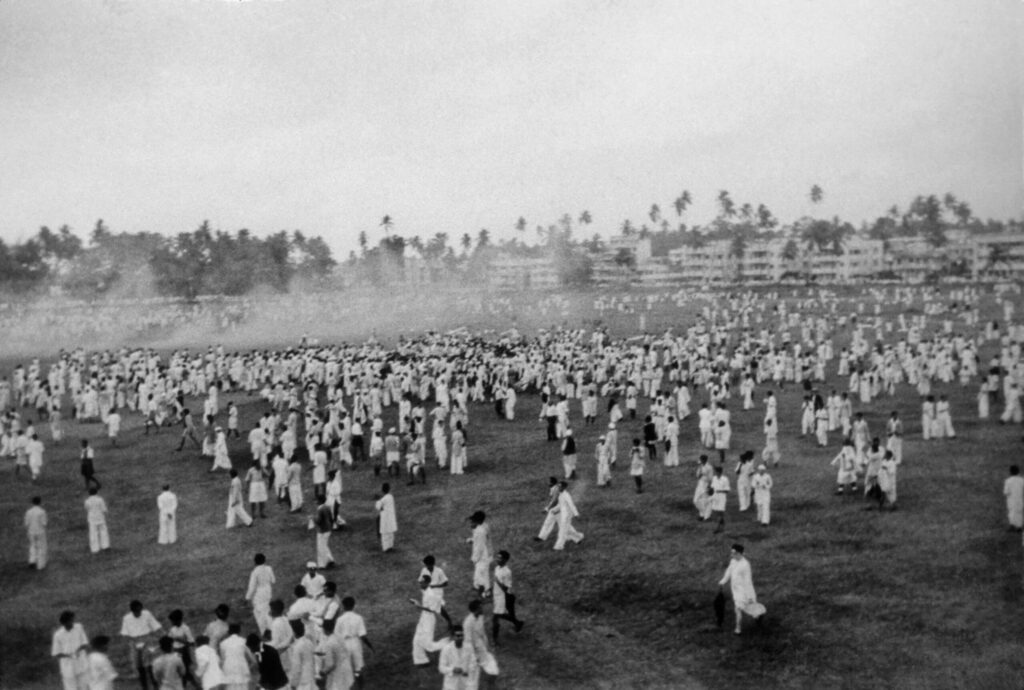
Repression and Sacrifice
The Quit India Movement was met with harsh repression from the British colonial authorities. Mass arrests, police brutality, and violence ensued as the British attempted to quell the uprising. However, the Indian people’s resilience and determination remained unwavering. Leaders like Jawaharlal Nehru, Sardar Patel, Maulana Azad, and many others were imprisoned, but their spirit continued to inspire the masses.
The movement also witnessed numerous sacrifices, including the loss of lives, as protesters bravely faced the might of the British armed forces. The Jallianwala Bagh massacre of 1919 and other tragic incidents served as haunting reminders of the British brutality that fueled the fervor of the Indian freedom struggle.
Legacy and Impact
Although the Quit India Movement did not immediately lead to India’s independence, it left an indelible mark on the country’s history and paved the way for its eventual liberation. The movement reinvigorated the Indian National Congress, solidifying its role as the principal force behind the push for self-rule. It showcased the unity and resilience of the Indian people and forced the British to acknowledge the overwhelming demand for change.
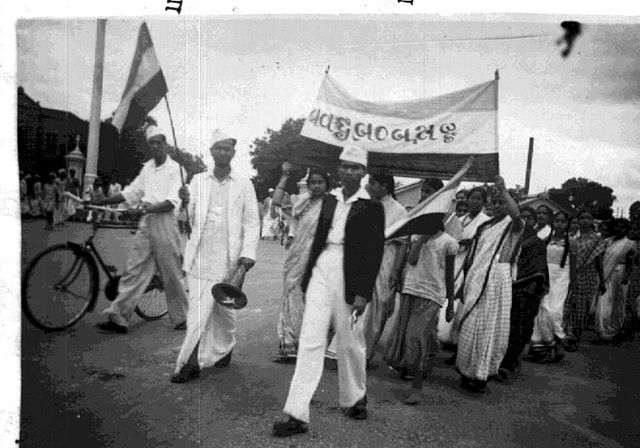
The Quit India Movement also served as a precursor to the larger global shift towards decolonization in the post-World War II era. India’s struggle inspired other nations to rise against colonial powers, fostering a sense of solidarity among oppressed peoples around the world.
Who was involved in Quit India Movement?
The Quit India Movement was a mass movement that involved millions of people from different sections of the Indian society. Some of the prominent personalities who were involved in the Quit India Movement were:
- Mahatma Gandhi: He was the leader and the main inspiration behind the movement. He gave the slogan “Do or Die” and urged the people to participate in a non-violent civil disobedience movement against the British rule. He was arrested on 9 August 1942 and kept in Aga Khan Palace in Pune until 1944.
- Jawaharlal Nehru: He was the president of the Indian National Congress and a close associate of Gandhi. He supported the Quit India Movement and addressed several public meetings to mobilize the masses. He was also arrested on 9 August 1942 and imprisoned in Ahmednagar Fort until 194513
- Vallabhbhai Patel: He was a senior leader of the Congress and a staunch follower of Gandhi. He played a key role in organizing the Quit India Movement and coordinating the activities of various Congress committees. He was also arrested on 9 August 1942 and detained in Ahmednagar Fort until 1945.
- Usha Mehta: She was a young activist and a follower of Gandhi. She set up a secret radio station called Congress Radio, which broadcasted news and messages related to the Quit India Movement. She operated the radio station from various locations in Bombay until she was caught by the British in November 1942. She was sentenced to four years of rigorous imprisonment.
- Aruna Asaf Ali: She was a prominent woman leader of the Congress and a freedom fighter. She hoisted the Indian flag at Gowalia Tank Maidan in Bombay on 9 August 1942, after Gandhi and other leaders were arrested. She went underground and led the underground activities of the Quit India Movement in Delhi. She also edited a weekly newspaper called Inquilab, which propagated the message of the movement.
- Ram Manohar Lohia: He was a socialist leader and a member of the Congress Socialist Party. He organized several protests and strikes in different parts of the country as part of the Quit India Movement. He was arrested several times and escaped from prison twice. He also wrote pamphlets and articles to spread awareness about the movement.
These are some of the famous personalities who were involved in the Quit India Movement, but there were many more who contributed to this historic movement in their own ways. The Quit India Movement showed the strength and unity of the Indian people in their fight for freedom from British rule. It also paved the way for India’s independence in 1947.
How did British government react to Quit India Movement?
The British government reacted to the Quit India Movement with a mixture of repression and negotiation. On one hand, they tried to suppress the movement by arresting the Congress leaders, banning the Congress party, censoring the press, and using force and violence against the protesters. On the other hand, they also tried to appease the Indian nationalists by offering some concessions and promising to grant India self-government after the war. However, neither of these strategies succeeded in ending the movement or satisfying the Indian people. The Quit India Movement showed the British that their rule in India was on weak footing and that they had to prepare for an eventual exit.
Conclusion
The Quit India Movement remains a testament to the power of collective action, civil disobedience, and nonviolent resistance in the face of injustice. It ignited a spirit of patriotism and determination that ultimately led to India’s hard-fought independence on August 15, 1947. The sacrifices made during this movement serve as a reminder of the lengths to which a determined populace can go for the cause of freedom. As India continues to progress as a sovereign nation, the Quit India Movement’s legacy continues to inspire generations to stand up against oppression and work towards a just and equitable society.

